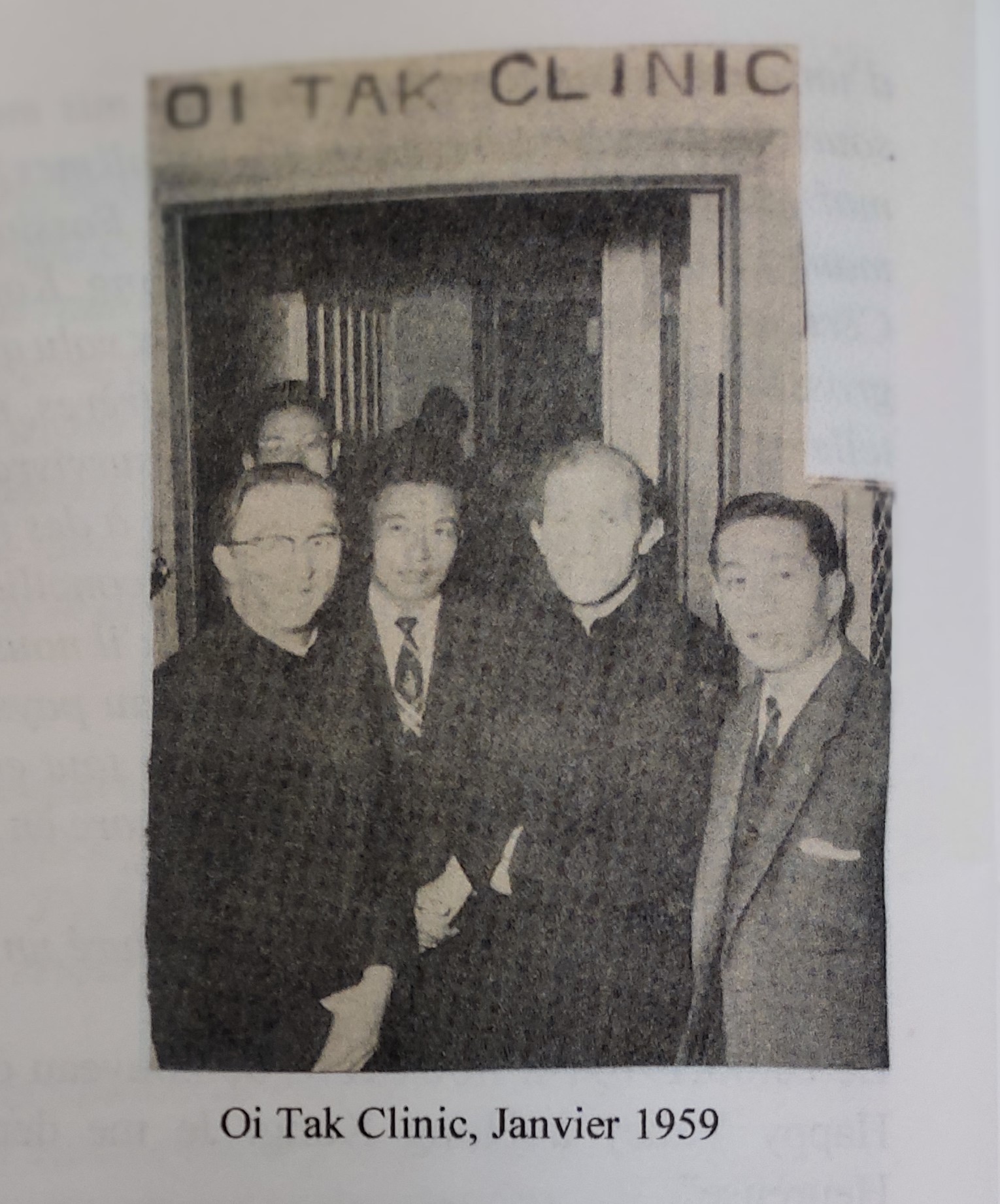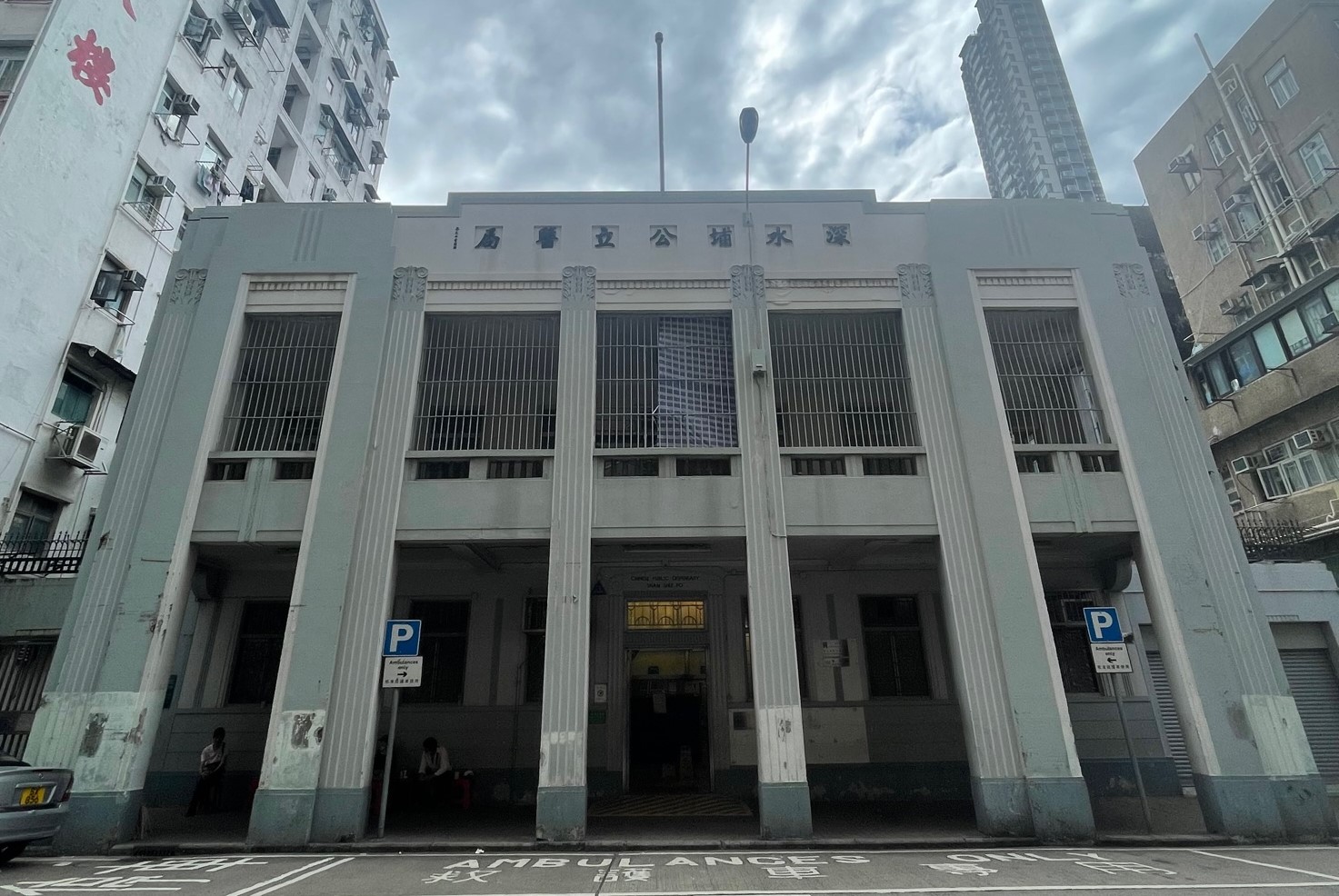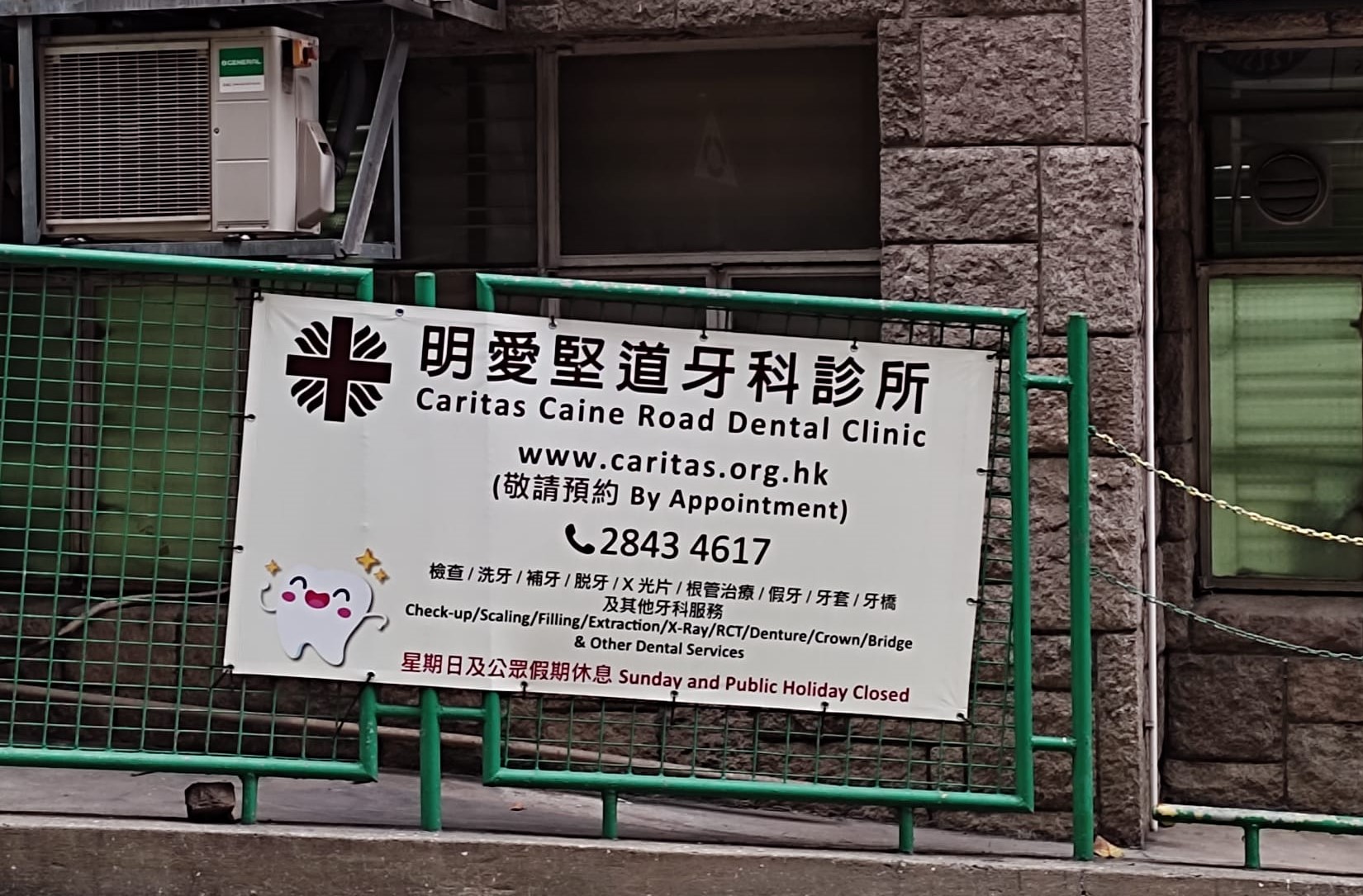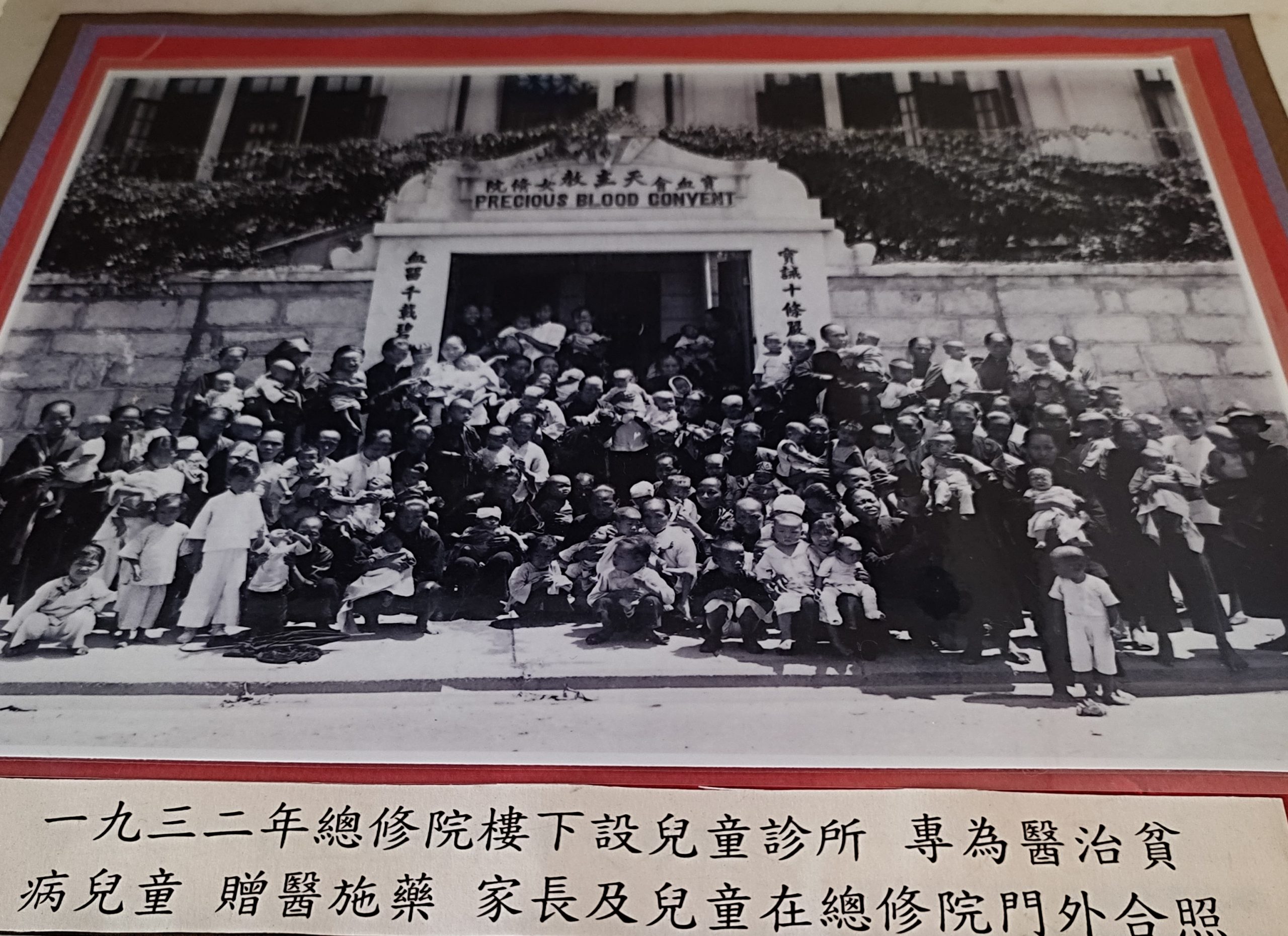Home > Research Projects > Catholic Clinics in Hong Kong
Home > Research Projects > Catholic Clinics in Hong Kong
Since the Catholic Church set foot in Hong Kong in the 19th century, different Catholic groups run clinics to supplement the insufficient medical service provided by the government, benefitting the people who were generally poor in those days. This project divides the research into three periods (1890-1945, 1946-1969, 1970-1990), from which we can see the Catholic clinics began along the advantageous Western medical development in the colony. It grew tremendously in the 1950s and 1960s due to the enormous population growth and started to decline when the public medical service continued to improve. The ups and downs of the trend not only reflect social and policy changes but also attitude changes towards traditional Chinese and Western medical treatments during the three periods. Though the number of Catholic clinics declined in numbers, many of these once-medical workers turned themselves to other healthcare-related services, continuing their companion role with Hong Kong people.


This research divided the clinic operators into three big groups: religious congregations, Hong Kong Caritas, and faithful associations. In one and half years, the research team recorded about 50 clinics run by these groups identified through archives, documentation, and oral history. These historical materials, on the one hand, showed how social development and changes in medical policy affected the sustainability of Catholic clinics while on the other hand, reflected the Church’s response to these changes and effects. Among the clinic operators, the majority were run by female religious congregations or missionary societies and the period was also the longest, with only one of them being a clinic that provides traditional Chinese medication. Since certain priestly duties cannot be replaced by others only three male religious congregations or missionary societies offered clinic services as a kind of evangelization. Their provision was also related to their mission and background. As for the faithful associations, their services were extraordinary in the second period, particularly for The Catholic Women’s League which ran seven clinics across the city. They also cooperated closely with the other religious congregations and the Caritas.

